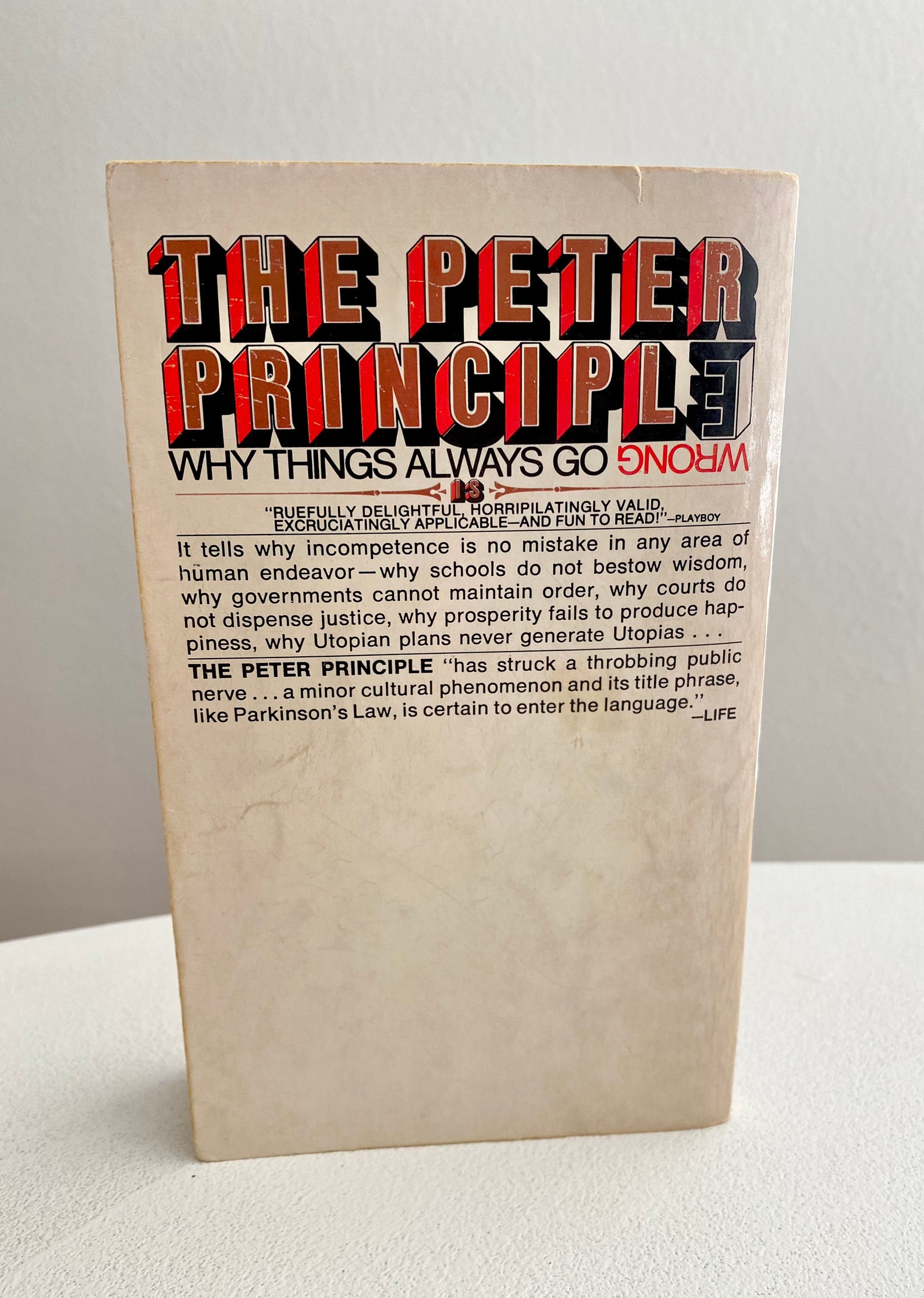

The Canadian educator called the practice a “ lateral arabesque.” In such a way, the promoted worker will not know that he’s been fired from the role he’d been promoted to. In other words, a CEO can reassign the incompetent worker to another position, which comes with a longer title but fewer responsibilities. Peter also advised managers to get rid of incompetent employees without firing them. In such a way, every employee can earn enough money while still in a position where he is competent. To prevent an occurrence of the principle, company owners should be increasing their employees’ wages because of their excellent work in their respective roles. The majority of employees are thrilled about the idea of promotion not so much because of the power or prestige but because of the salary benefits attached to it. Higher Pay, No PromotionĪnother solution to the Peter Principle entails offering workers higher pay without necessarily promoting them. However, the person who made the poor decision of promoting the employee must admit that he made a mistake. In such a situation, the company manager can bring back the employee to his initial position. Suppose an employee has been promoted to a role that he’s not skilled enough to take up. One technique he provided was practicing a demotion policy that did not carry the stigma of failure. He also recommended a couple of solutions to the problem in his book. Promotion in most companies is based on an employee’s current performance, as opposed to considering their suitability for the next one. A lot of job seekers are attracted to certain companies not because of the nature of their work but because of the prospect of a promotion. It happens despite the fact that the competence of such workers is based on their technical prowess rather than their ability to manage or lead. The Peter Principle occurs mostly in technical industries where skilled employees are naturally promoted to managerial roles. Most entry jobs require technical expertise or some special kind of skill. However, once he gets to the highest position he can hold, he becomes incompetent because he lacks the necessary skills.įactors that Encourage the Peter Principle Peter’s well-researched analysis, which identifies a key flaw in corporate structures.Īs seen in the diagram below, an employee is promoted multiple times because of his initial competence. The educator referred to this level as the “final placement.”Įven though the book was written on a light note, there’s some degree of truth in Dr.

If an individual works for a company that practices top-down management, then he is likely to be promoted until he gets to one rung above his level of competence. Peter, in any corporate structure, employees tend to rise to ranks where they are not competent. Peter, who cited it in his book “The Peter Principle.” According to Dr. The theory was first recognized by a Canadian educator, Dr. Have you ever come across people who are unhappy after receiving a promotion, or seen a football coach promote some of his star team players only to discover that they’re somewhat struggling to cope in their new positions? Well, the reason for such incidences is clearly explained in the Peter Principle theory. The Peter Principle is a common occurrence among companies, whereby employees are promoted according to their current progress rather than for the skills and aptitude required for the roles they are being considered for. Updated DecemWhat is the Peter Principle?


 0 kommentar(er)
0 kommentar(er)
